There’s something magical about watching a plant grow from a tiny cutting or seed into a flourishing beauty. Propagating plants is one of the most rewarding and budget-friendly ways to expand your garden. Whether you’re an indoor plant enthusiast or a backyard gardener, plant propagation lets you multiply your favorite plants, rejuvenate older ones, and even share greenery with friends and family.
The best part? You don’t need a degree in horticulture or fancy equipment. Most plant propagation methods are surprisingly simple and accessible for everyone. In this guide, we’ll explore what plant propagation is, why it’s worth doing, and how to propagate plants using the easiest, most effective techniques.
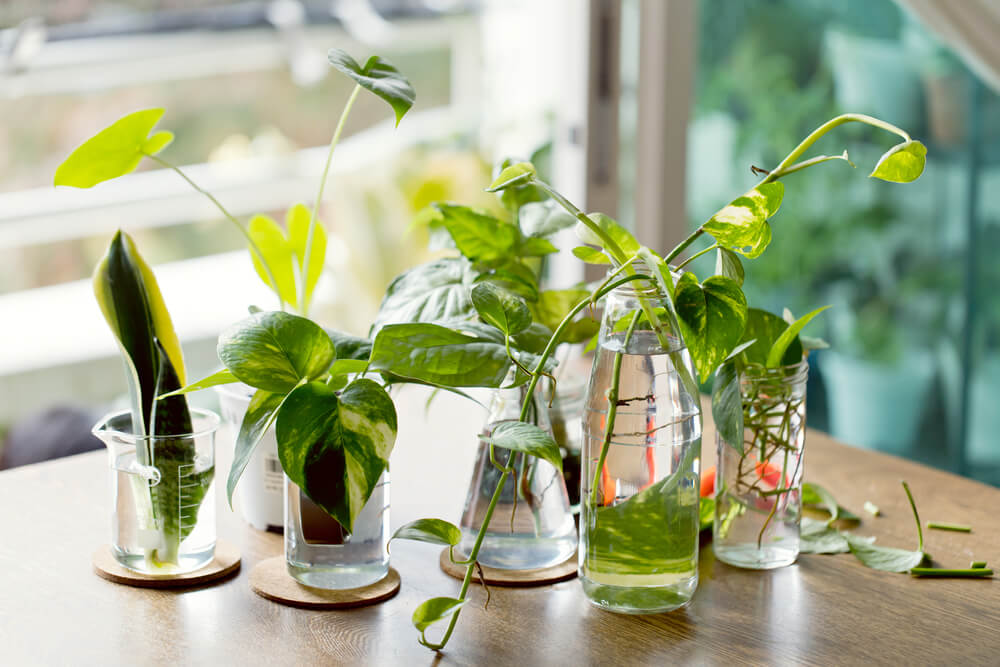
What Is Plant Propagation?
Plant propagation is the process of creating new plants from existing ones. It’s how nature reproduces — but with a little knowledge and effort, you can take control of the process in your own garden.
There are two main types of plant propagation:
- Sexual propagation: Using seeds to grow new plants.
- Asexual (vegetative) propagation: Creating new plants from stems, leaves, roots, or other plant parts.
For home gardeners, asexual propagation is especially popular because it produces plants identical to the parent and often works much faster than growing from seed.
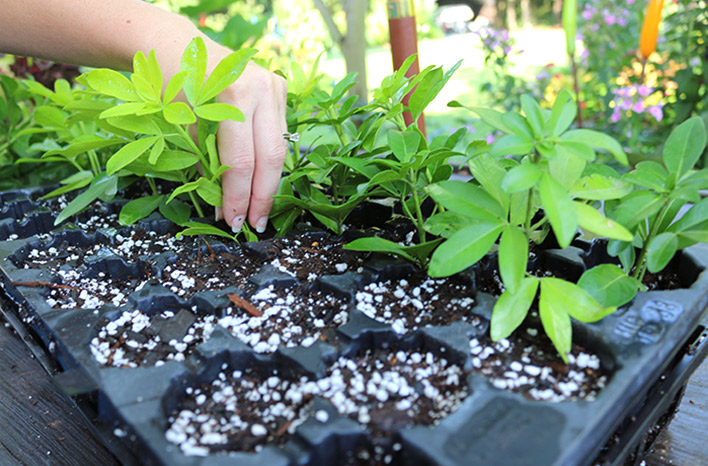
Why Propagate Your Own Plants?
Here’s why plant lovers everywhere are hooked on propagation:
- It’s cost-effective: Grow more plants for free.
- It refreshes older plants: Cuttings can rejuvenate aging or overgrown plants.
- You can share with friends: Propagated plants make thoughtful, personal gifts.
- Saves rare varieties: Keep heirloom or hard-to-find plants alive.
- A fun hobby: Watching roots sprout and new leaves unfurl is incredibly satisfying.
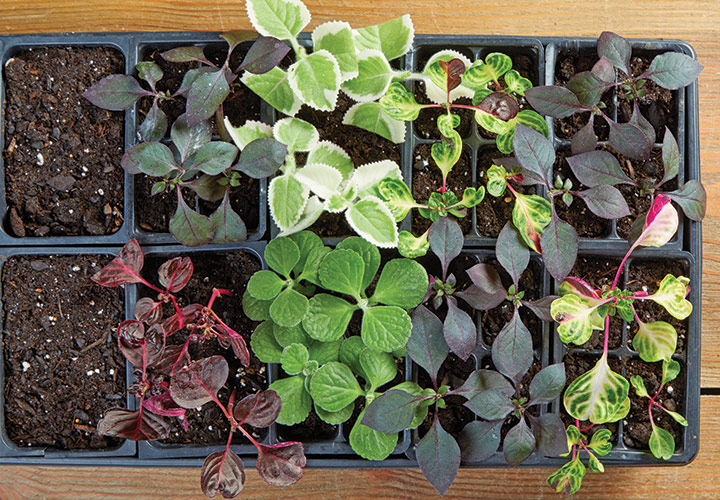
Essential Tools for Plant Propagation
Before you start, gather these basic supplies:
- Clean, sharp scissors or pruning shears
- Small pots or containers
- Fresh, well-draining potting soil
- Glass jars or clear bottles (for water propagation)
- Rooting hormone powder (optional)
- Plastic bags or propagation domes (for humidity)
- Labels (to track plant varieties)
Now let’s dive into the most popular propagation methods you can try today.
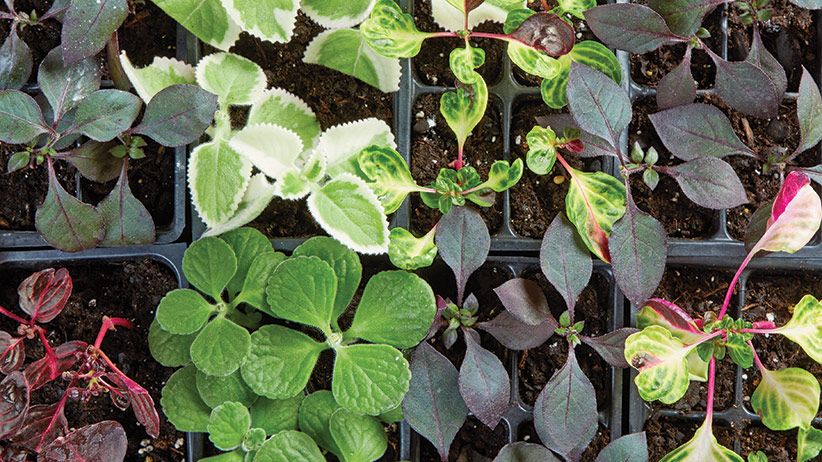
5 Popular Plant Propagation Methods
Stem Cuttings
One of the easiest and most reliable ways to propagate plants, especially for houseplants and soft-stemmed garden plants.
Best for: Pothos, philodendrons, prayer plants, coleus, geraniums.
How to do it:
- Choose a healthy, non-flowering stem with a few leaves.
- Cut 4–6 inches below a node (where leaves emerge).
- Remove lower leaves to expose at least one node.
- Place the cutting in a jar of water or moist potting soil.
- Keep in a warm, bright location with indirect light.
- Change water every 3–5 days (if propagating in water).
- Roots usually develop in 1–4 weeks.
Pro Tip: Dip the cut end in rooting hormone to encourage faster growth.
Leaf Cuttings
Some plants can sprout entirely new growth from a single leaf.
Best for: Snake plant, African violet, jade plant.
How to do it:
- Cut a healthy, mature leaf cleanly at the base.
- For snake plants, you can cut the leaf into 3–4 inch sections.
- Insert the cut end into moist potting mix.
- Keep soil lightly moist and cover with a plastic bag to maintain humidity.
- New shoots and roots should appear in a few weeks.
Division
Ideal for plants that grow in clumps or have multiple crowns.
Best for: Hostas, spider plants, ferns, prayer plants, peace lilies.
How to do it:
- Gently remove the plant from its pot or ground.
- Separate the root system into two or more parts, each with leaves and roots.
- Replant each section into fresh soil.
- Water well and provide indirect light as the divisions settle.
Pro Tip: Spring or early summer is the best time for division.
Offsets (Pups)
Some plants naturally produce small baby plants (called offsets or pups) at their base.
Best for: Aloe vera, hens and chicks (sempervivum), bromeliads.
How to do it:
- Wait until the pup has several leaves and its own small roots.
- Gently remove the pup by twisting or cutting it away from the parent plant.
- Plant in a small pot with cactus or succulent soil.
- Water lightly and gradually introduce to brighter light.
Seed Propagation
The classic method of growing plants from seeds — ideal for annuals, vegetables, and wildflowers.
Best for: Marigolds, sunflowers, tomatoes, herbs.
How to do it:
- Choose a well-draining seed starting mix.
- Sow seeds at the recommended depth.
- Water gently and cover with plastic or a humidity dome.
- Place in a warm, sunny spot.
- Keep the soil consistently moist but not waterlogged.
- Remove cover once seedlings appear and gradually harden them off.
Pro Tip: Use a heat mat for faster germination of heat-loving plants.
Tips for Successful Plant Propagation
- Clean your tools: Always use sterile scissors or shears to prevent disease.
- Choose healthy parent plants: Avoid propagating from weak, diseased, or stressed plants.
- Watch the moisture: Cuttings need consistent moisture but should never be soggy.
- Maintain humidity: Cover cuttings with a clear bag to create a mini greenhouse.
- Label everything: Especially important when propagating multiple plants.
- Be patient: Some plants root quickly while others take weeks or months.
Common Propagation Mistakes to Avoid
| Mistake | Why It’s a Problem | Fix |
|---|---|---|
| Taking cuttings from weak plants | Poor parent plants lead to weak cuttings | Choose healthy, mature plants |
| Overwatering cuttings | Leads to rot and fungal diseases | Keep soil moist, not waterlogged |
| Not changing water for cuttings | Dirty water promotes bacteria and root rot | Replace water every 3–5 days |
| Ignoring humidity needs | Low humidity slows or prevents root growth | Use a plastic bag or humidity dome |
| Planting cuttings too deep | Buried leaves or nodes rot easily | Bury only the node, not the leaves |
Easy Houseplants to Propagate for Beginners
If you’re new to propagation, start with these beginner-friendly plants:
- Pothos
- Spider Plant
- Snake Plant
- Aloe Vera
- Jade Plant
- ZZ Plant
- Prayer Plant
- Coleus
- Begonia
These plants root easily, grow fast, and give you confidence to try more advanced varieties later.
Final Thoughts
Propagating plants isn’t just a gardening technique — it’s a joyful, therapeutic hobby that lets you multiply the beauty around you. From simple stem cuttings in a glass of water to dividing a lush houseplant, plant propagation is a skill that’s easy to learn and endlessly rewarding.
So, grab those scissors, gather a few glass jars, and start turning one plant into many. Not only will you save money and grow your collection, but you’ll also enjoy the satisfaction of nurturing new life and sharing your love for plants with others.
Happy propagating — your garden is about to get a whole lot greener!

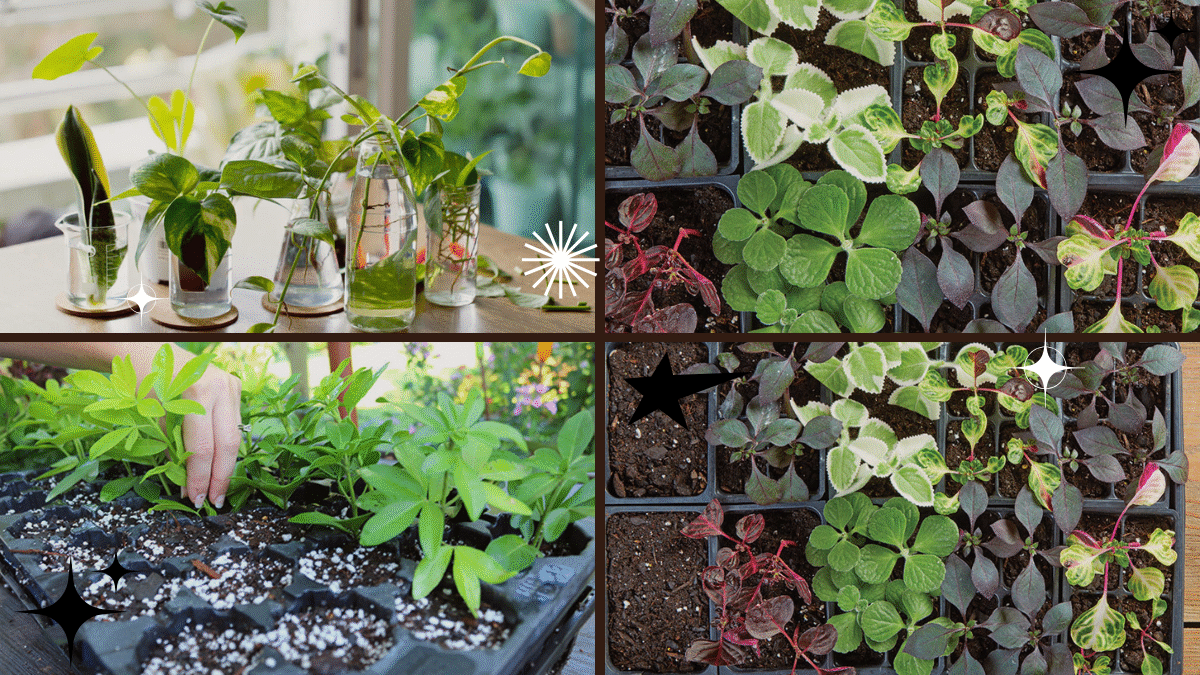



Leave A Comment